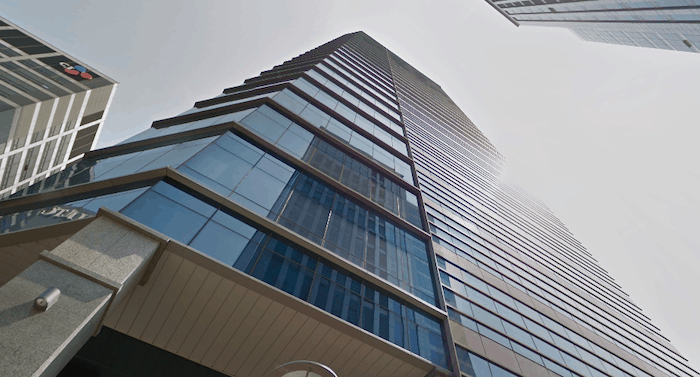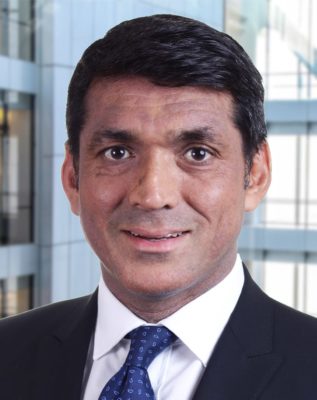
PGIM sold Seoul’s T Tower for KRW 253 bil in April
PGIM Real Estate has reached a first close of $447 million on its Asia Core Fund, according to an announcement by the asset management unit of US financial giant Prudential.
Seeded with a $290 million portfolio of four assets in Tokyo, Seoul and Sydney, the open-ended fund has a mandate to invest in six countries in Asia Pacific.
“Asia Core will capitalize on the long-term track record, scale and discipline of PGIM Real Estate’s Asia Pacific platform, which has been active in the region since 1994,” said PGIM Real Estate’s head of Asia Pacific, Benett Theseira.
In addition to its initial set of assets, the new vehicle targets opportunities in office, retail and multifamily residential within some of the region’s most developed cities in Japan, Australia, Singapore, Hong Kong, South Korea, and China, as PGIM bets on the continued growth of the Asia Pacific property market.
First Step in Growing the Fund
PGIM Real Estate, which has $8.8 billion in assets under management and completed transactions worth $1.4 billion in Asia Pacific last year, raised the equity capital from investors in the US, Canada, Germany, Switzerland and Japan.
“This initial close is an early, yet significant, step in growing the fund and expanding our investor base to become the market leader of core open-end funds in the region,” Theseira said.

PGIM’s Benett Theseira seems pleased with the fund’s first close
The close comes two and a half years after the fund’s first sale, according to a Form D filed with the US Securities and Exchange Commission (SEC) on 15 March 2017, which indicates that $80 million had been raised from two unnamed investors at that juncture.
A further filing made just under two weeks ago reveals that the fund received an additional commitment of $139 million from three undisclosed investors.
PGIM said in its statement that Asia Core complements the asset manager’s other core open-end real estate funds, which include the €304 million ($332 million) European Core Fund launched earlier this year.
The Asia Core milestone also follows two years after the €580 million ($633 million) close of its APAC-focused Asia Fund III in 2016.
“We look forward to building a truly diversified portfolio of assets that prioritizes defensive income, while capturing the growth within this dynamic region,” said Vincent Chew, portfolio manager for PGIM Real Estate’s Asia Pacific core strategy.
Chew added that Asia Core would deliver strong risk-adjusted returns.
Continuing Focus on APAC
PGIM Real Estate, which began ramping up its activity in Asia Pacific three years ago, saw its volume of transactions in the region double to over $2 billion in 2017 as it focused on “enhanced-return opportunities” in Japan, Singapore and Australia.
Despite the value of transactions in Asia Pacific dipping last year for the US-headquartered firm, reflecting a 14 percent drop in transaction volumes from $14 billion to $12 billion globally, the asset manager executed ten transactions across the region in 2018, predominantly in the office and retail sectors.
That momentum has continued in 2019, including a deal just five months ago, when the asset manager sold the T Tower, a 28-storey grade A office building in Seoul to Singapore-listed Keppel REIT for KRW 253 billion ($210 million).
PGIM achieved an increase in capital value of nearly 39 percent on that South Korean deal, after it had purchased the 21,182 square metre (228,001 square foot) property for KRW 184 billion through a joint venture with Korea’s IGIS Asset Management, and subsequently boosted the project’s occupancy level.
Five months prior to that transaction, the company late last year purchased 78 Shenton Way, a prime office property in Singapore, for around S$680 million (then $492 million), from a fund managed by Alpha Investment Partners.
The asset manager is also on familiar territory in Japan, having picked up five office properties in just 14 months between October 2016 and December 2017 when it purchased the 18-storey J Tower property in suburban Tokyo for an undisclosed sum.
Leave a Reply